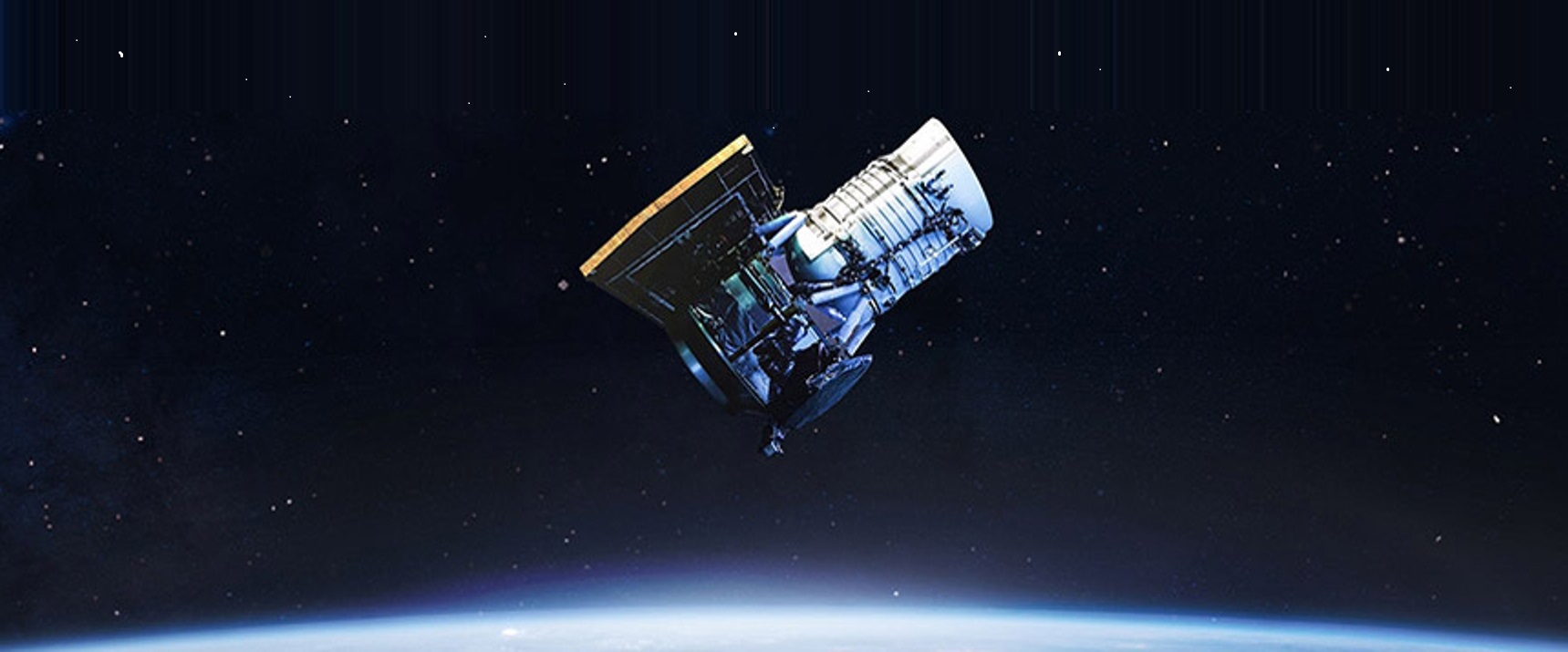Billionaires Jeff Bezos and Elon Musk are usually rivals on the final frontier, but they both have a role to play in MethaneSAT, a privately backed satellite mission aimed at monitoring methane emissions.
Last November, the Bezos Earth Fund made a $100 million grant to the Environmental Defense Fund to support the satellite’s completion and launch. That grant was part of a $791 million round that Bezos said was “just the beginning of my $10 billion commitment” to address challenges brought on by climate change.
Now MethaneSAT LLC — a subsidiary of Environmental Defense Fund — is announcing that it’s signed a contract with Musk’s SpaceX to send the satellite into orbit on a Falcon 9 rocket by as early as October 2022.
“This is a unique mission on an ambitious timeline,” Steven Hamburg, co-lead for the MethaneSAT project, said in a news release issued January 13th. “SpaceX offers the readiness and reliability we need to deliver our instrument into orbit and begin streaming emissions data as soon as possible. We couldn’t ask for a more capable launch partner.”
MethaneSAT is designed to fill an important niche in the effort to locate and reduce industrial emissions of methane, a potent greenhouse gas. Methane emissions are considered the second-largest cause of global warming, with much of the concern focusing on the oil and gas industry.
Experts estimate that cutting methane emissions from the oil and gas industry 45% by the year 2025 would have the same 20-year climate benefit as shutting down one-third of the world’s coal-fired power plants.
The idea behind MethaneSAT was unveiled in a TED Talk given by EDF President Fred Krupp in Vancouver, B.C., in 2018. That kicked off an effort that drew upon seed funding from The Audacious Project, a TED initiative. Last September, MethaneSAT announced the completion of the project’s critical design review and moved into the project’s production stage.
Other satellites such as TROPOMI and GHGSat’s commercial constellation are already monitoring atmospheric methane levels, but MethaneSAT is expected to provide higher sensitivity and better spatial resolution than TROPOMI, and a much wider field of view than the GHGSat spacecraft. The mission’s managers plan to stream MethaneSAT’s data online at no charge for non-commercial users.
Data from MethaneSAT and the other satellites should help companies and governments focus their efforts to reduce emissions.
“Reducing methane emissions from the oil and gas industry is the fastest, most cost-effective way we have to slow the rate of warming right now, even as we continue to decarbonize the energy system,” said Mark Brownstein, EDF’s senior vice president for energy. “MethaneSAT is designed to create transparency and accountability to make sure companies and governments don’t miss that opportunity.”
SpaceX said the satellite launch will be arranged through its SmallSat Rideshare Program, which provides regular opportunities to put small-scale payloads into orbit at a price as low as $1 million.
Amazon CEO Jeff Bezos’ privately held space venture, Blue Origin, is widely seen as a competitor for SpaceX, which has Elon Musk as its founder and CEO. The two men are neck-and-neck in the competition for the “world’s richest” title, but Bezos is significantly behind Musk when it comes to orbital launch capability. SpaceX’s Falcon 9 has been sending payloads to orbit since 2010, while Blue Origin’s orbital-class New Glenn rocket hasn’t yet gone into service.
Lead image: An artist’s conception shows MethaneSAT in orbit. Credit: MethaneSAT LLC

